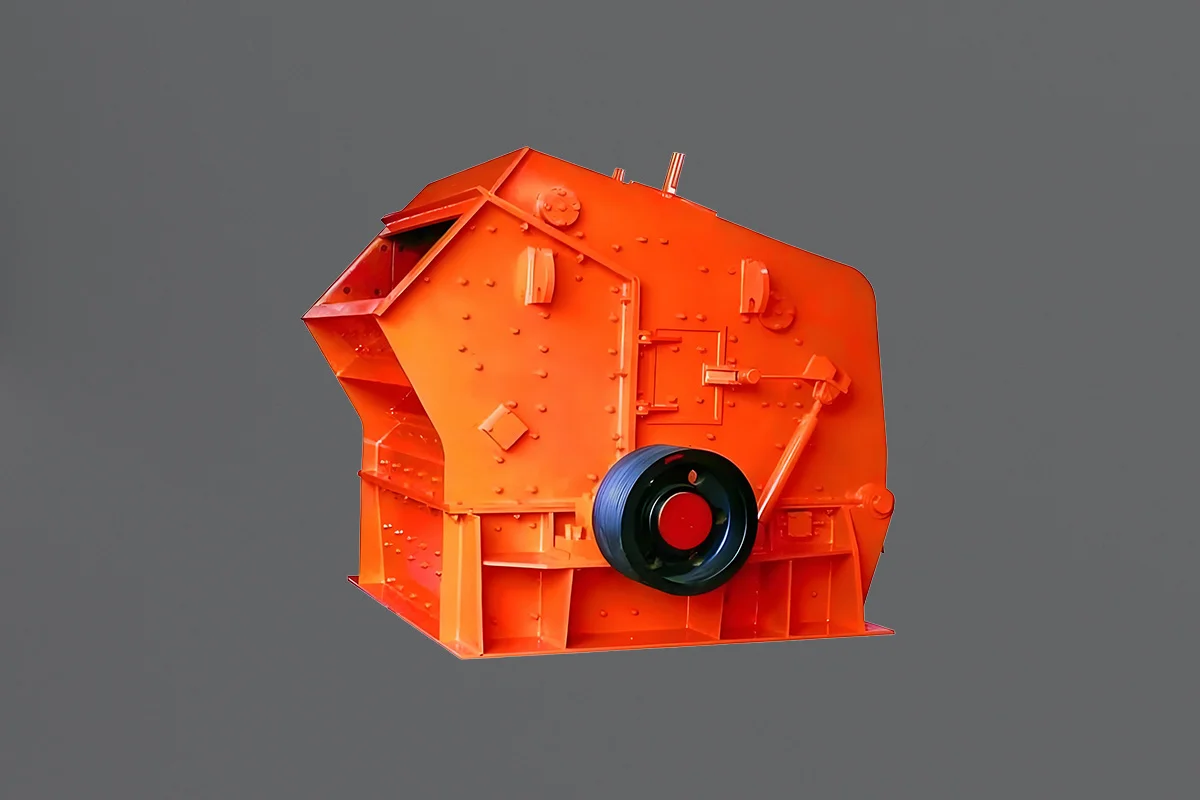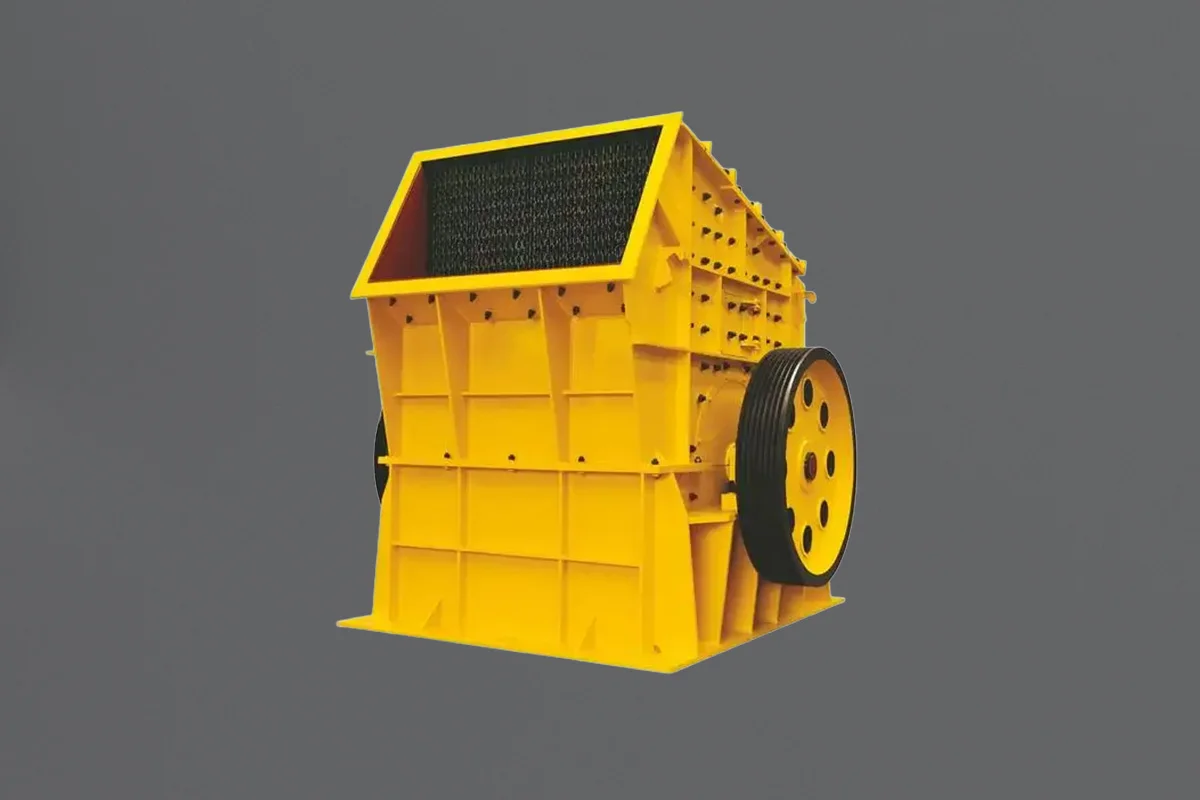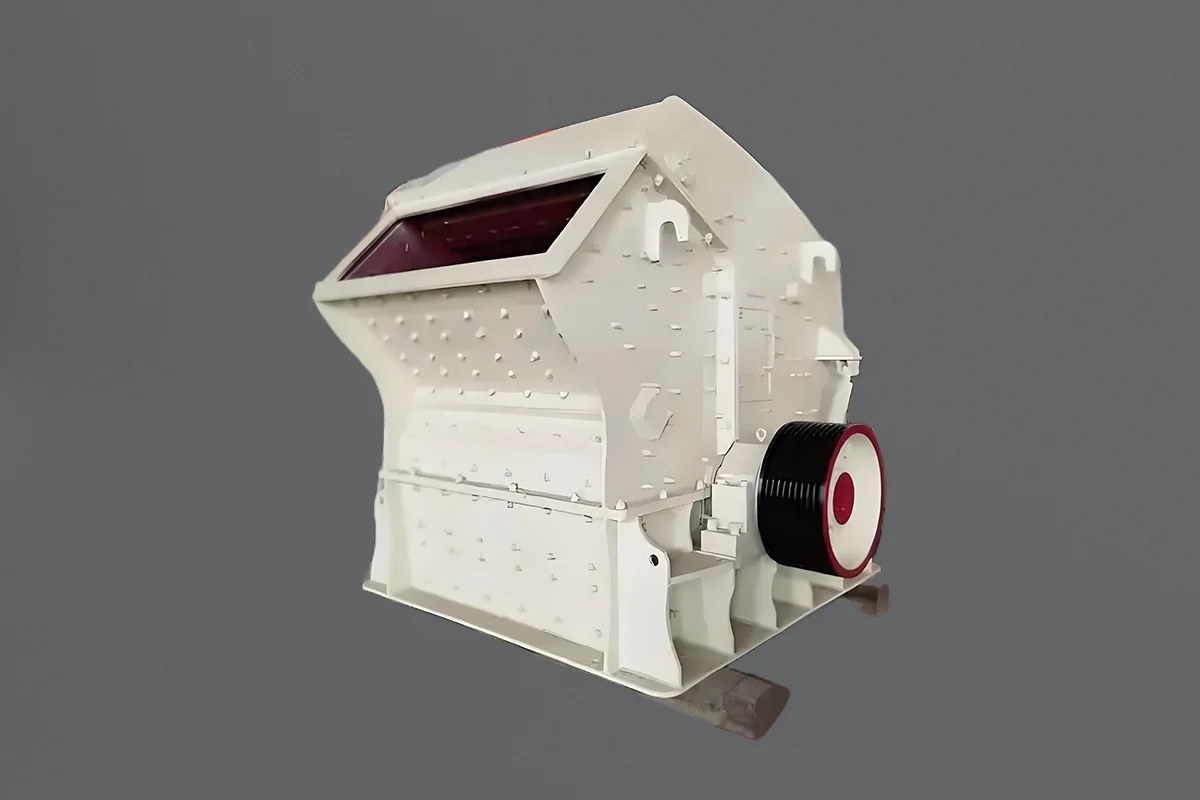How to prolong cone crusher replacement working life?
In the current economic climate, decrease cost and increase profit are the most important, and cost base is a major factor in managing a successful quarrying business, crusher replacement costs associated with cone crushers can be a major cost center. This post explains a method to reduce crusher replacement costs by casting crusher liners. However, the process has been perfected in recent years and can work well in the right applications. Cone crushers operate by having stone fed into the top of the crusher chamber. The chamber is lined with crusher replacement, namely the mantle and bowl liners. As the stone drops through the choked chamber, crushing is achieved when the motion of the mantle causes compressive and abrasive forces to act upon the stone and bowl liner, causing the stone to break. Liners are manufactured from manganese steel rather than normal steel as the manganese content provides protection against abrasion (normal steel generally has a lower tolerance to wear than crushing duties require). Depending on the stone being crushed, the percentage of manganese in the liners can vary from around 12% to 23%, so we can find the materials Mn14, Mn18, and Mn21. Below are the major factors we need analytics:
1. Choose the suitable chamber
It is crucial that choose a suitable chamber when installing a cone crusher. The reduction ratio, which in turn determines the product produced, depends on the chamber selected. In addition, the closed-side setting affects both the wearable and the product produced. The characteristics of the main types of the chamber have:
- Standard: Suit for larger feed size, more than 100 mm, have a wide feed grading curve. Often used as a secondary crusher, however, if the smaller feed is introduced, maybe cause packing/blockages.
- Short-head: Suitable for smaller feed size, less than 100 mm, have a short feed grading curve. Often used as a tertiary crusher but will not accept large feed size owing to its smaller feed aperture.
2. Choose the suitable liner type
When selecting a crusher the bowl liner also varies in type:
- Coarse: wide inlet aperture
- Medium: medium inlet aperture
- Fine: small inlet aperture
- Extra Coarse: extra-wide inlet aperture
- Extra Fine: extra small inlet aperture
It depends upon the product required and which material you crush.
3. Add protective surface
In order to prevent liner wear during the initial period of work-hardening, specialist contractors can coat the liners with a protective surface. This process has to be carried out with great care because the manganese liners can distort and/or shrink during the process, causing a poor fit in the crusher. Small distortions are generally not a problem in crushers using backing compounds, as the backing material compensates for any such irregularities. To apply the protective coating, the liner is placed on a rotating turntable and carefully preheated. A bead of 3 mm thick chrome carbide is welded onto the liner as the table revolves. The areas requiring treatment are determined by the wear pattern on a normal set of liners, and by experimenting with resultant wear patterns on treated liners.



